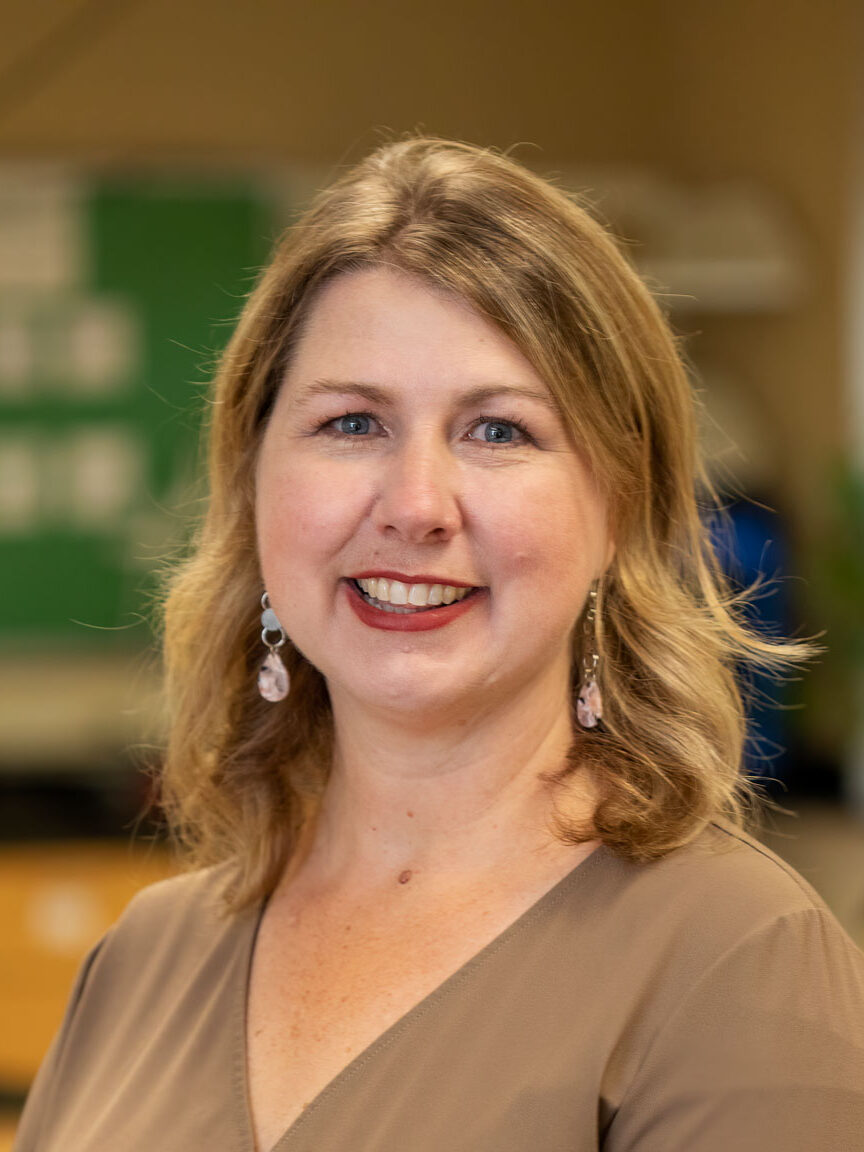 Curiosity is an intrinsic characteristic of humanity. It’s what propels babies to put everything in their mouths, and why we wrap presents. As we grow older, we trade in curiosity for comfort, opting to order our “regular” from the menu rather than trying something new. But if you want to be an extraordinary educator, you must tap back into your innate sense of curiosity and create mystery and intrigue in your classroom.
Curiosity is an intrinsic characteristic of humanity. It’s what propels babies to put everything in their mouths, and why we wrap presents. As we grow older, we trade in curiosity for comfort, opting to order our “regular” from the menu rather than trying something new. But if you want to be an extraordinary educator, you must tap back into your innate sense of curiosity and create mystery and intrigue in your classroom.
Everyone loves a secret, so start there. The mere hint of a secret unbridles curiosity, innately motivating us to learn. So couch your lesson as a secret. Be the hook that draws them in. Make your content so compelling that they thirst for it. Then make them work hard for the satisfaction of learning.
• Science secret: I know exactly how long it takes a pumpkin to decompose and what it looks like along the way. Want me to show you?
• Social Studies secret: I know something about the Kennedy assassination that I bet no one else in this building knows. Do you want to know, too?
• Math secret: I know how many 5-card hands are possible in a 52-card deck. Do you?
• English/Language Arts secret: I’ve never told anyone the reason this is my favorite book. Can I tell you?
The best secrets are those that, once revealed, lead to more questions than answers. Let this drive your instruction, more than any scripted lesson plan. Trust your students with a piece of information that is known only to a select few. Then guide the questions toward your learning objectives, all the while abetting secrecy and intrigue.
Knowing a secret makes us feel distinctive, exceptional. The resulting sense of self-worth is an ideal backdrop for your content-area instruction. So put on your mystery-writer hat and recast tomorrow’s lesson as a treasure hunt, a mission: impossible, a secret that will capture your students’ curiosity while you stealthily feed their minds.

